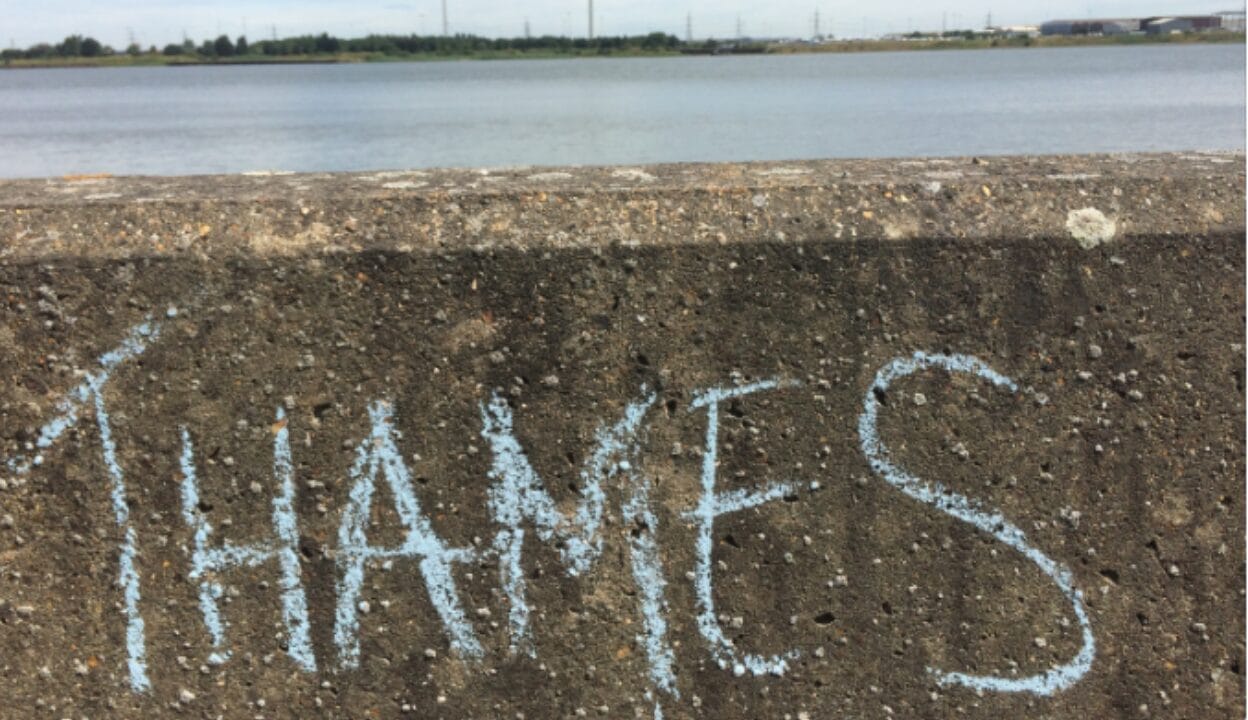The $127 billion Ontario Municipal Employees Retirement System (OMERS) has just written off its entire 31.7 per cent stake in troubled UK water utility Thames Water. Valued at £990m at the end of 2021, that fell to £321m by the end of last year, until trickling away altogether.
OMERS losses mirror write downs at other investors in the utility which are split over four continents. Like £75 billion British Universities Superannuation Scheme (USS) which wrote down its 20 per stake. According to financial statements published at the end of last year, USS valued its investment at £364.4 million. A 62 per cent write down from £955.8 million the year before.
Other investors include British Columbia Investment Management Corporation and PGGM the Dutch asset manager for €237.8 billion PFZW, the healthcare pension fund.
Write downs and write offs won’t have much of a financial impact on the pension funds. But Tim Whittaker, research director at the EDHEC Infrastructure Institute in Singapore where he is also head of data collection, argues the losses illustrate that managing infrastructure assets is complex and has brought reputational damage to the investors.
“Not every organization has the skills to be able to do it well,” he tells Top1000funds.com.
What went wrong?
Whittaker says that Thames Water epitomised the stable and predictable cash flows that investors are attracted to in infrastructure. Yet the company’s previous owners (Australia’s Macquarie Group which owned the utility until 2017) took cash out of the business and increased the leverage “and the new owners failed to see this before it was too late.”
Despite abrupt and unexpected losses revealed at the end of 2022, just nine months earlier, some investors were still increasing the valuations of their stakes.
“For a large water utility to lose so much value so fast, the investment must in fact have been mispriced for several years leading up to the impairment,” writes Whittaker in an EDHEC paper “Low Tide” co-authored with Frédéric Blanc-Brude and Abhishek Gupta.
Now, faced with a choice between putting more money into the utility and recapitalising, or cutting their losses, investors have baulked. A key issue, says Whittaker, has been demands from Britain’s regulatory authority, OfWat, that investors cut their returns below the cost of capital.
“After more than a year of negotiations with the regulator, Ofwat has not been prepared to provide the necessary regulatory support for a business plan which ultimately addresses the issues that Thames Water faces. As a result, shareholders are not in a position to provide further funding to Thames Water,” wrote the shareholders in a statement published in March.
Lessons Learnt
Whittaker argues it is possible to learn important lessons from recent events. Firstly he says “OfWat should recognize that not all water companies are the same and recalibrate the allowed return calculations to properly take into account the risk associated with these companies.”
This would require a change in the methodology for estimating the allowed returns (WACC) for water utilities, as the current method does not work. “OfWat employs a long-discredited methodology to set returns. If market returns were employed, then investors would more likely to be willing to provide the funds needed to both invest in the network and reduce debt.”
He also warns that balance sheet arbitrage which allows companies to borrow more debt to pay more equity returns should not be allowed.
“A significant number of water utilities have done and are still doing this. It is only recently with the ban on dividends that OfWat brought in last year that we’re seeing these businesses recapitalize and reduce debt,” he says.
It leads him to reflect that previous owners of the water utility had short investment horizons and acted more like private equity investors than infrastructure investors. Having better scrutiny of the investors and incentivizing long-term asset management over short-term profit taking “should be the focus if the assets are to remain in private hands.”
The importance of a comparative view in infrastructure investment
Worrying, Whittaker believes there is every chance of it happening again. The report flags the authors concerns that infrastructure investors often see their investment in the context of one asset, not the wider market or peer investments.
“This narrow vision can obscure the big picture and the role played by market dynamics. When compared with its peers, Thames/Kemble Water showed some significant risks that were not accounted for when viewing the utility in isolation – as its investors apparently did when assessing the asset.”
Instead of concentrating their attention on just the one asset in isolation, investors would have done better to take a comparative view of Thames/Kemble Water with other assets in the UK and around the world, states the report. This would have helped to identify the red flags sooner and allowed for a better assessment of the risks involved in investing.


